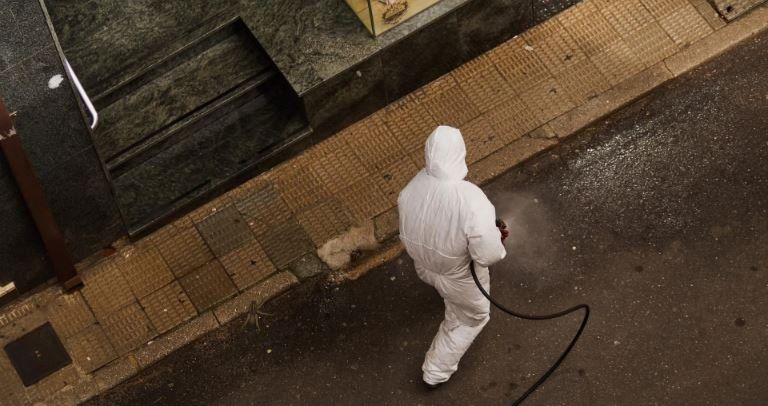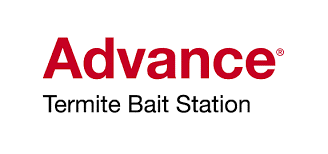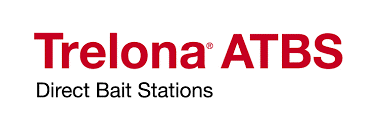AllPest Pest Control & Wildlife Removal Blog
Keep up to date on all pest control topics, trends, & maintenance tips
Disinfecting, and Sanitation Services

Using the right product for the type of microbe you are killing. Each disinfectant has active ingredients that target specific microbes. The EPA registers each disinfectant on the basis of the target microbes it is proven to kill. This information can be found on the disinfectant’s label.
Clean surfaces prior to disinfecting. Leaving materials on the surface that you are disinfecting is one of the biggest mistakes in disinfecting practices. The following materials could affect a disinfectant’s efficacy and must be removed prior to disinfecting: Proteins (food, blood). These materials may absorb and void some chemical disinfectants. The presence of any organic matter and other compounds such as soap left on the surface may neutralize some disinfectants as well.
Avoid cross-contamination issues by changing open solutions of disinfectant and applicators for each room. Buckets, brushes, mops, sponges should be changed and sanitized for each room where disinfectants are applied and for different types of surfaces, such as the toilet and the sink.
Follow the label. Not only is it important to choose the proper concentration and quantity of chemical that is best suited for each disinfection situation, you will also need the contact time, temperatures, compatibility of the product and the surfaces it is allowed to come in contact with, the length of time the disinfectant is sits in or is stored in the application device, and the water hardness of the mixture.
What is the difference between cleaning, disinfecting, and sanitizing?
Cleaning removes germs, dirt, and impurities from surfaces or objects. Cleaning works by using soap and water to physically remove germs from surfaces. This process does not necessarily kill germs, by removing them, it lowers their numbers and the risk of spreading infections.
Disinfecting kills germs on surfaces or objects. Disinfecting works by using chemicals to kill germs on surfaces or objects. This process does not necessarily clean dirty surfaces or remove germs, but by killing germs on a surface after cleaning, it can further lower the risk of spreading infections.
Sanitizing lowers the number of germs on surfaces or objects to a safe level, as judged by public health standards or requirements. This process works by either cleaning or disinfecting surfaces or objects to lower the risk of spreading infections.
learn more at: https://www.cdc.gov/flu/school/cleaning.htm
Please take care of yourselves & each other.
- Routinely clean and disinfect surfaces and objects that are touched often (phones, tablets, truck door handles and interior of automobiles, tables, countertops, light switches, doorknobs, cabinet handles, desks, keyboards, toilets, faucets, sinks, etc.).
- Be sure the disinfectant has the appropriate contact time (also known as kill time) on the treated surfaces.
- Store disinfectants at the appropriate temperature. The disinfectant must be stored at the correct temperature to maintain its viability and to ensure effective action when it is used.
- Use products safely (wear gloves, masks, protective clothing).
- Handle waste properly.



